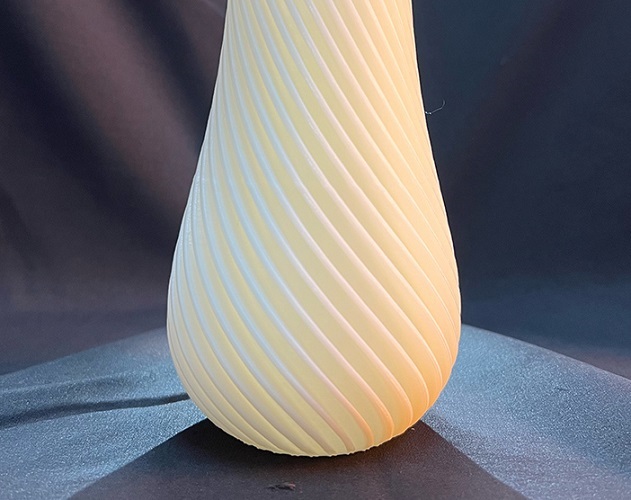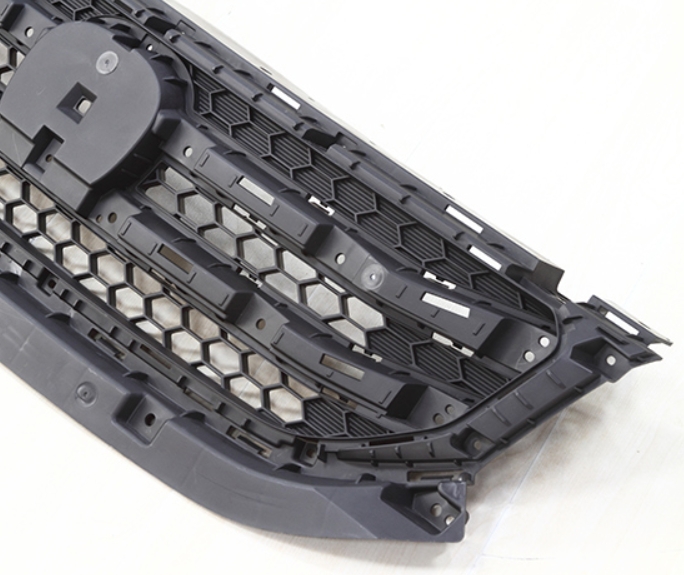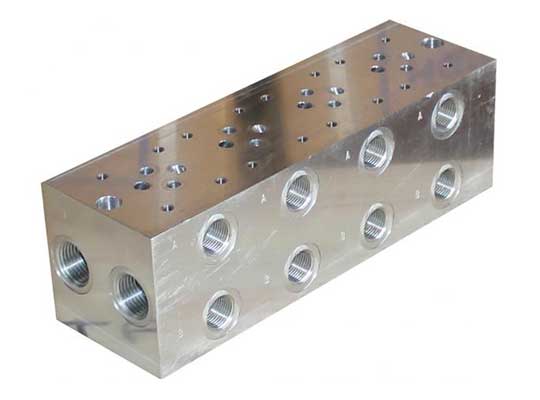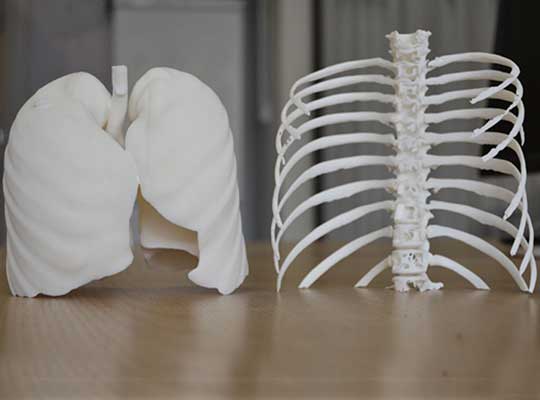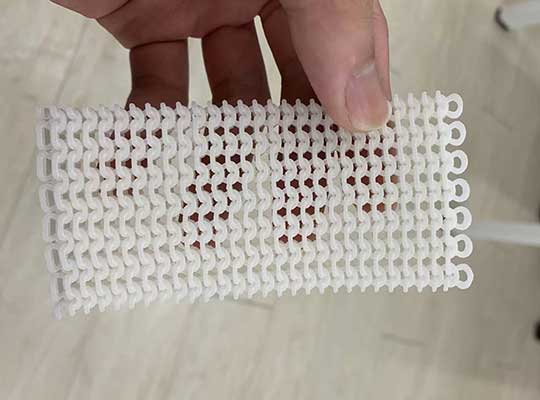FDM (融合モデリング) is one of the most popular 3D printing technologies, loved for its accessibility and versatility. But to get great results, you need to pay attention to several key details throughout the process. From designing your model to post-processing the final print, each step plays a role in the quality and durability of your 3D printed part. Let’s explore the essential precautions for using the FDM process.
Model Design: Building a Strong Base
よく – designed model is the first step toward a successful FDM print. Keeping size limits in mind ensures your model is structurally stable and less likely to break.
- Wall thickness matters a lot. The minimum detail wall thickness for most FDM printers is usually 0.6mm. If the walls are thinner than this, they’re prone to cracking or warping during printing or use. For large sheet – like parts, the thickness should be greater than 2mm. This prevents the sheet from bending or sagging, which is common in large, thin FDM prints.
- Independent columns need proper sizing too. The minimum diameter for any independent column in your design should be 1mm. Columns smaller than this are weak and can easily break, especially when supporting other parts of the model. These size guidelines are simple but effective in ensuring your model holds together.
材料の選択: Picking the Right Filament
FDM printers use 熱可塑性フィラメント, which are melted and extruded layer by layer. Choosing the right material is crucial for getting the print quality and strength you need.
- Consider the purpose of your print. If you need a strong and durable part, materials like ABS or PETG are good choices. ABS is impact – resistant but can be prone to warping, while PETG offers good strength and is easier to print with. For prototypes that don’t need much strength, PLA is a great option – it’s easy to print, low – 料金, and comes in many colors.
- Think about the printing conditions. Some materials are more sensitive to temperature and humidity than others. プラ, 例えば, is sensitive to moisture and can absorb water from the air, leading to popping and stringing during printing. Storing filaments in a dry box can reduce this issue by keeping moisture levels below 15%.
Support Structure Design: Keeping Complex Models Stable
Complex models with overhangs, bridges, or delicate features often need サポート構造 to print successfully. The key is to design supports that do their job but are easy to remove.
- Place supports under overhangs greater than 45 学位. Without support, these overhangs will droop or fail to print properly. Supports act like scaffolding, holding up the model as it’s being built.
- Design supports for easy removal. They should be strong enough to support the model during printing but weak enough to break away without damaging the part. Many slicing software programs let you adjust the density and contact points of supports. Using a lower density (around 10 – 20%) makes supports easier to remove, while reducing the number of contact points minimizes marks on the model.
Printing Parameter Setting: Fine – Tuning for Perfect Prints
FDM printing has several key parameters that need to be set correctly. Getting these right can make a big difference in print quality.
| パラメーター | What It Affects | Typical Range for PLA | Typical Range for ABS |
| Printhead Temperature | How well the filament melts and bonds | 190 – 210°C | 230 – 250°C |
| Printing Speed | Print time and detail; faster speeds can reduce quality | 40 – 60 mm/s | 30 – 50 mm/s |
| 層の高さ | Surface smoothness and print time; smaller layers mean smoother prints | 0.1 – 0.3 mm | 0.1 – 0.2 mm |
- Printhead temperature is critical. If it’s too low, the filament won’t melt properly, leading to poor layer adhesion and a rough surface. If it’s too high, the filament can burn or string. Adjust it based on the material – each filament has a recommended temperature range, which you can find on the spool.
- Printing speed is a balance between time and quality. Faster speeds get the job done quicker but can cause under – extrusion or layer shifting. Slower speeds improve detail and layer adhesion but increase print time. 詳細なパーツ, stick to the lower end of the speed range.
- Layer height affects surface finish. A layer height of 0.1mm gives a very smooth surface but takes longer to print. A 0.3mm layer height prints faster but leaves more visible layer lines. Choose based on how smooth you need the final part to be.
役職 – 処理: プリントを研磨します
印刷後, いくつかの投稿 – processing can greatly improve the look and feel of your FDM print.
- Cleaning and de – サポート are the first steps. Remove any supports carefully using pliers or a craft knife. それから, clean off any leftover filament strings or debris with a small brush.
- サンディング can smooth out layer lines. Start with a coarse sandpaper (のように 120 – グリット) to remove the main layer marks, then move to finer grits (240 – 400) for a smoother finish. For even better results, you can use filler primer between sanding steps to fill in small gaps.
- For PLA prints, you can try vapor smoothing with acetone (though it works better on ABS). This process melts the surface slightly, creating a smooth, 光沢のある仕上げ. Just be sure to do this in a well – ventilated area.
Environmental Control: Creating the Right Conditions
The environment where you print can affect FDM results, especially when it comes to cooling and warping.
- Ventilation is important. FDM printers, especially when using ABS, can release fumes that are unpleasant or potentially harmful. Printing in a well – ventilated area or using a printer with a HEPA filter helps keep the air clean.
- 温度制御 reduces warping. Many FDM printers have heated beds, which help the first layer adhere properly and reduce warping. 腹筋のために, keeping the room temperature above 25°C can also help, as sudden cooling can cause the material to shrink and warp.
- Humidity control protects filaments. As mentioned earlier, moisture in filaments causes problems during printing. Using a dehumidifier in the printing area to keep humidity below 50% helps keep filaments dry.
ファイル形式とスライス: Preparing Your Model Correctly
Before printing, you need to make sure your 3D model is ready for the FDM process.
- 使用 compatible file formats. Most FDM printers work with STL files, which are widely supported by 3D modeling software. Some newer printers also accept 3MF files, which can store more information like material settings.
- スライス is the process of converting your 3D model into instructions the printer can understand. Take the time to set up your slicing software correctly – adjust layer height, 浸潤密度, and support settings based on your model’s needs. Always preview the sliced model to check for issues like missing supports or incorrect layer settings before hitting print.
印刷プロセスの監視: Catching Problems Early
Watching your print as it progresses can save you time and filament by catching issues early.
- Keep an eye on the first layer. A good first layer that adheres well to the bed is key to a successful print. If you see the first layer peeling up or not sticking, stop the print, clean the bed, and adjust the bed level or printhead temperature.
- Look out for clogged nozzles そして material breakage. A clogged nozzle will cause under – extrusion, where the printer stops laying down filament properly. Material breakage, where the filament snaps or gets stuck, also stops the print. Having spare nozzles and keeping filaments properly fed (with a clean, unobstructed path) helps prevent these issues.
- 確認してください layer shifting. This happens when the print moves slightly during printing, causing layers to misalign. It’s often caused by loose belts or the print sticking too much to the bed. Tightening belts or using a release agent on the bed can help.
Warping Issues: Preventing and Fixing Deformation
Warping is a common FDM problem, caused by material shrinkage as it cools. Here’s how to deal with it:
- Improve bed adhesion. Use a heated bed set to the right temperature (60°C for PLA, 110°C for ABS). You can also use hairspray, glue stick, or painter’s tape on the bed to help the first layer stick.
- Add a brim or raft. A brim is a thin layer of filament around the base of the model, increasing the contact area with the bed. A raft is a thicker base that the model prints on top of. Both help prevent warping by keeping the base of the model stuck to the bed.
- Enclose the printer. For materials like ABS, printing in an enclosed printer keeps the temperature stable, reducing the rate of cooling and shrinkage.
テストとキャリブレーション: Getting Settings Right
Before printing a large or important model, doing test prints and calibrating your printer is a smart move.
- Print a calibration cube to check dimensional accuracy. Measure the cube with a caliper – if it’s too big or too small, adjust your slicer’s scaling settings.
- Do a temperature tower test. This prints a tower where each section uses a different printhead temperature, helping you find the best temperature for your filament.
- テスト retraction settings to reduce stringing. Stringing is when small strands of filament connect separate parts of the print. A retraction test helps you find the right retraction distance and speed to minimize this.
Safe Operation: Protecting Yourself
FDM printers have hot parts, so staying safe is important.
- Never touch the hot printhead or heated bed while the printer is running or after printing. They can reach temperatures over 200°C and cause severe burns.
- Keep the printer away from flammable materials. While rare, some filaments can catch fire if the printer malfunctions, so it’s best to have a fire extinguisher nearby if using more flammable materials.
- Wash your hands after handling filaments, especially if you’re using materials that might contain harmful additives.
Yigu Technology’s View
FDM 3D printing’s success relies on careful model design, material choice, and parameter tuning. From avoiding warping with proper bed adhesion to selecting the right filament, each step impacts quality. Yiguテクノロジーで, we stress these precautions to enhance print success, ensuring FDM’s accessibility delivers reliable, functional parts for diverse applications.
よくある質問
- What are the key size limits for FDM model design?
The minimum detail wall thickness is 0.6mm, large sheets need thickness over 2mm, 独立した列は、構造の安定性を確保するために1mmの最小直径を持つ必要があります.
- How can I prevent warping in FDM prints?
Improve bed adhesion with a heated bed and adhesion aids like tape or glue, add a brim/raft, and maintain stable printing temperatures, especially for materials like ABS.
- What post – processing steps improve FDM print quality?
の – サポート, sanding with increasing grits, and optional vapor smoothing (腹筋のために) help remove imperfections and create a smoother, more professional finish.
